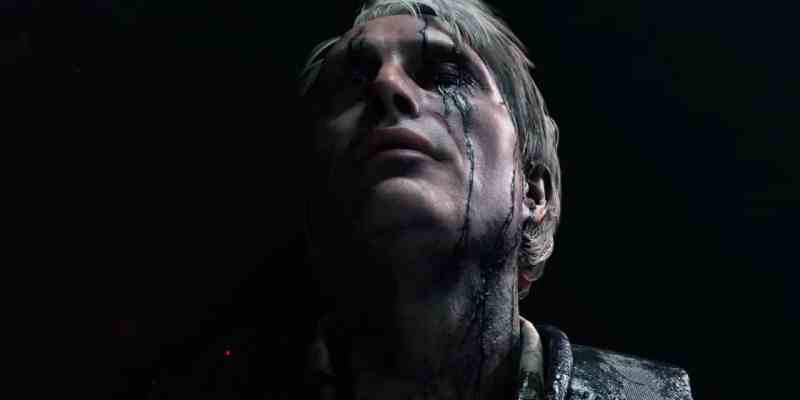Make us whole again. Reconnect America. These refrains echo throughout Death Stranding. They represent Sam Porter Bridges’ purpose. But as a ludonarrative endpoint, they sit uneasily within the context of the gameplay experience.
Much has already been made of Death Stranding’s “social strand” design philosophy and the way it fosters a genuine sense of asynchronous cooperation between players. But that sensation of a distant community all working together rings hollow within the context of the game’s story.
As a feeling, loneliness is highly subjective and, as such, difficult to define, but one trait usually associated with it is a sense of unbelonging. That can stem from social isolation or dislocation or exclusion. It is important to note that loneliness is distinct from aloneness; it is defined as a negative.
As such, most games seem to actively avoid evoking loneliness. Linear games provide ceaseless action. Open-world games offer rewards — quest items, loot, resources — every three steps. Yes, that is an oversimplification. Games do sometimes use loneliness as a pacing tool, but Death Stranding may just be the first AAA game to use it as the undercoat upon which everything else is painted.
And that results in a curious dissonance. But we’ll come back to that.
In one of director Hideo Kojima’s less-than-subtle characterizations, protagonist Sam is an embodiment of self-isolation. He frequently expresses a disinterest in his mission and suffers from aphenphosmphobia, the fear of intimacy, manifested physically through a fear of being touched. That latter trait is particularly interesting.
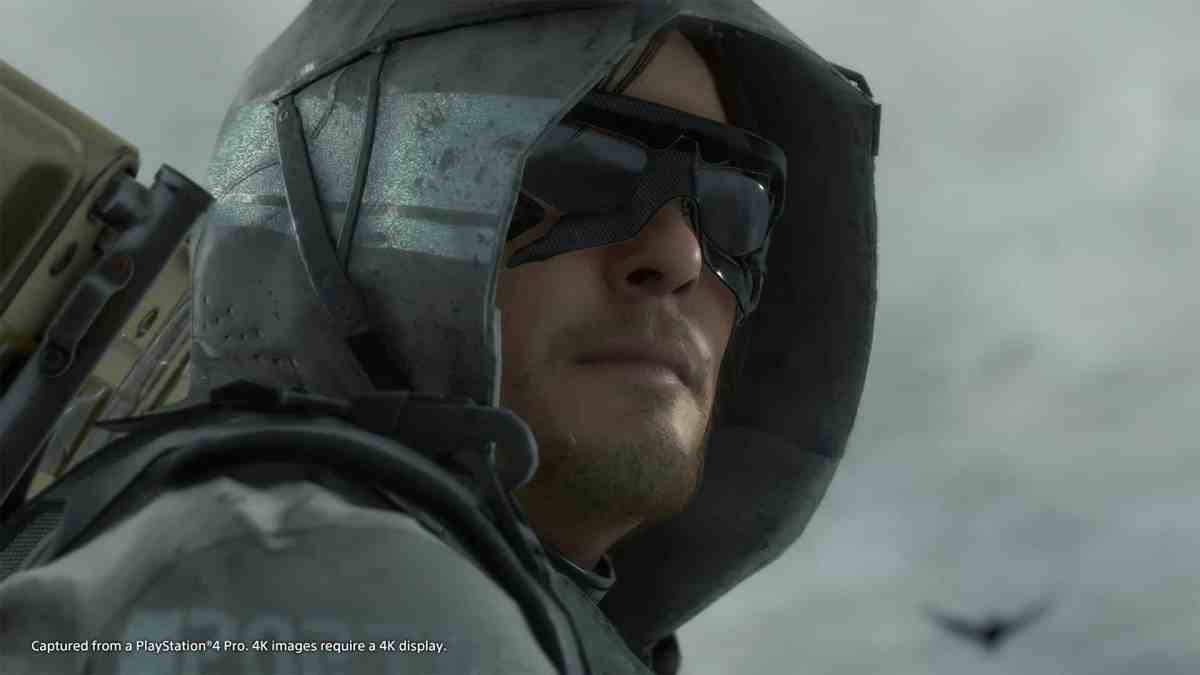
We usually tend to not think of video games as being intimate despite the fact we inhabit our protagonists. We move them. We speak as them. We embody them. But in many cases, Death Stranding included, we also remain separate from them. The characters we play as are individuals before they are avatars: Marcus Fenixes, Lara Crofts, and Nathan Drakes. By controlling them, we touch them.
Sam Porter Bridges is no exception. Indeed, the player’s relationship with Sam is arguably more intimate than it is with most video game protagonists. Not only do we run, jump, climb, shoot, and build, but we also balance, pack, carry, bathe, and urinate. We are made to be more aware of Sam’s physical needs than we are even in most survival games. In a very tactile, granular way, we touch Sam. By touching him so intimately, we come to share in his loneliness.
On one level, that is simply because Death Stranding gives you space to think. The distances between the KNOT cities and even the preppers’ shelters feel vast. Moving from one to the next, even at a sprint, can easily take 10 minutes. During those interminable treks, we keep Sam upright, we rock BB, we scan for and collect lost cargo or useful resources. At the worst of times, when the game leans into its action-adventure heritage, we fight off the deranged MULEs and terrorists. Mostly though, we walk (or jog).
With the stakes generally so low, yet our alertness high because of our presence within a video game, we fall into a liminal mental state, a kind of resting awareness. Flow. It’s almost meditative. That relaxing, invigorating feeling also comes vicariously; the simple act of walking is used by some as meditation, and researchers have linked it to boosted creativity. Used in moderation, the kind of isolation enforced by Sam’s role is a good thing, but Death Stranding is not interested in moderation.
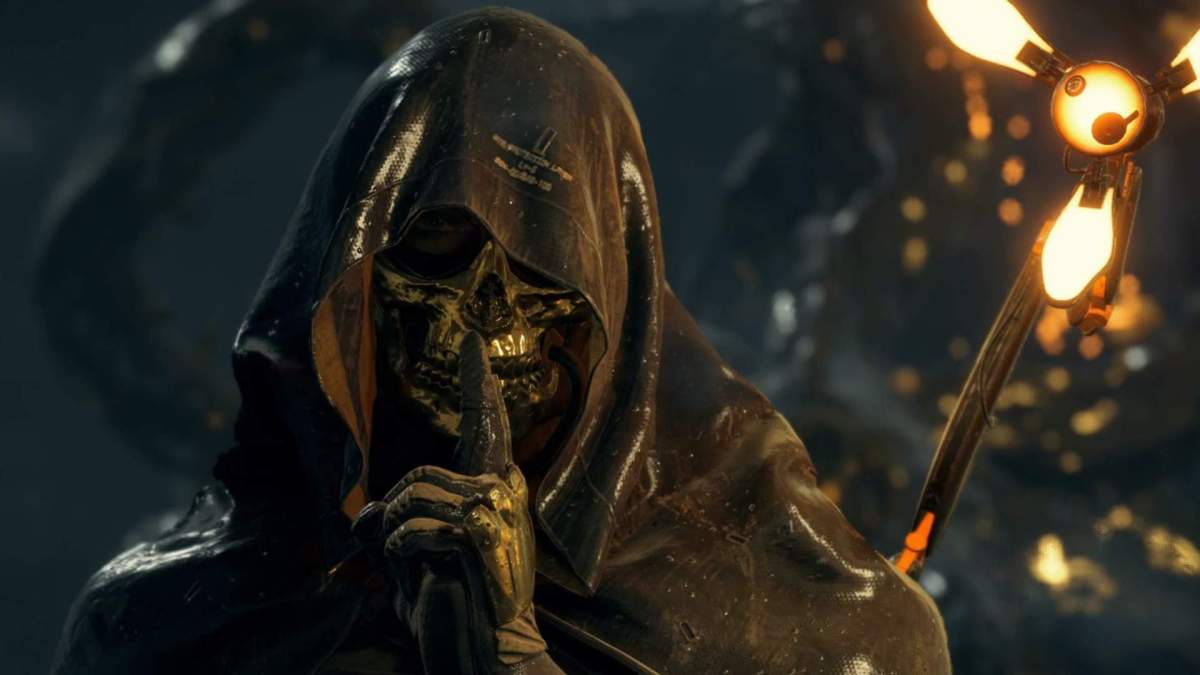
The first few hours invoke a sense of peace, a oneness with the vastness of this virtual continent, but then it stretches out. Ten hours. Twenty. Thirty. What was once pleasurable becomes daunting, frustrating even. You know of an endpoint, but you have no idea when you will reach it, especially as the adventure continues to throw new detours Sam’s way. The trek becomes a trudge, an oppressive, arduous, endless slog. And no matter how many KNOTs and outposts you reconnect, Sam remains alone. Lonely.
That ambience is emphasized by the absence of NPCs. Yes, there are hostiles — the aforementioned MULEs and terrorists — but the vast spans of the continent are largely bereft of friendly faces. If you are lucky, you may stumble across half a dozen porters throughout your journey, while other friendlies you meet in gameplay are reduced to baggage. The emptiness is explained by the danger posed by timefall and the unpredictable BTs, yet even the cities — ostensibly homes to tens of thousands of residents — are still. The heads of distribution and various other citizens the player stumbles across are holograms. The same pall that falls across the landscapes sits heavy also upon the cities.
The former nation, as Sam Porter Bridges sees it, is unmoving, unsettling, and eerie. Given the core human need for motion and socialization, no wonder he is asked to reconnect what remains.
And that brings us back to the dissonance.
Online play of Death Stranding is not enforced, but it does seem to be strongly encouraged. And the online mechanics are really quite novel, though no doubt thousands upon thousands of words have already been dedicated to that discussion. Online play integrates with the single-player experience in a way that almost makes sense, but not quite — because the online thread is disruptive.
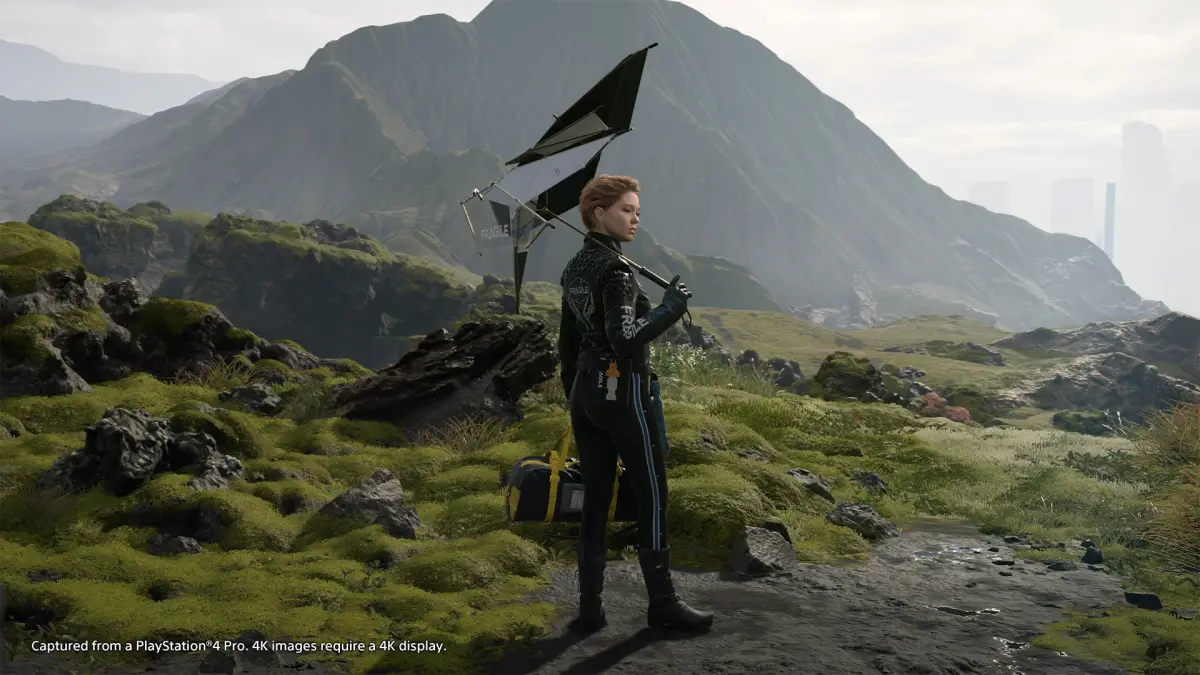
It shatters the illusion. The overwhelming weight of loneliness is wiped away, and with it goes Death Stranding’s mesmerizing power.
It does this by populating the map with the detritus of other players. Sure, a fully charged trike parked in the middle of a plain is useful, but it is also a distraction. It comes as a surprise, the kind of “reward” that so permeates most open-world games. It disrupts that resting awareness, that vicarious meditation. The same goes for a generator or a bridge or a zipline. These are symbols that others have passed before you, leaving behind breadcrumbs and aids to ease the way. The mere existence of these symbols means that you are not alone — that what remains of the United States is already connected in some way. That being the case, why is Sam making the journey?
Moreover, it raises the old specter of ludonarrative dissonance. Many of the holographic NPCs (preppers, distribution heads, and cutscene characters alike) praise Sam for his work. They remark upon the difficulty, the loneliness, the arduousness. But if others have already forged a path, trodden a way across the post-apocalyptic landscape, and left behind a trail for you to follow, where is the difficulty? Where is the arduousness?
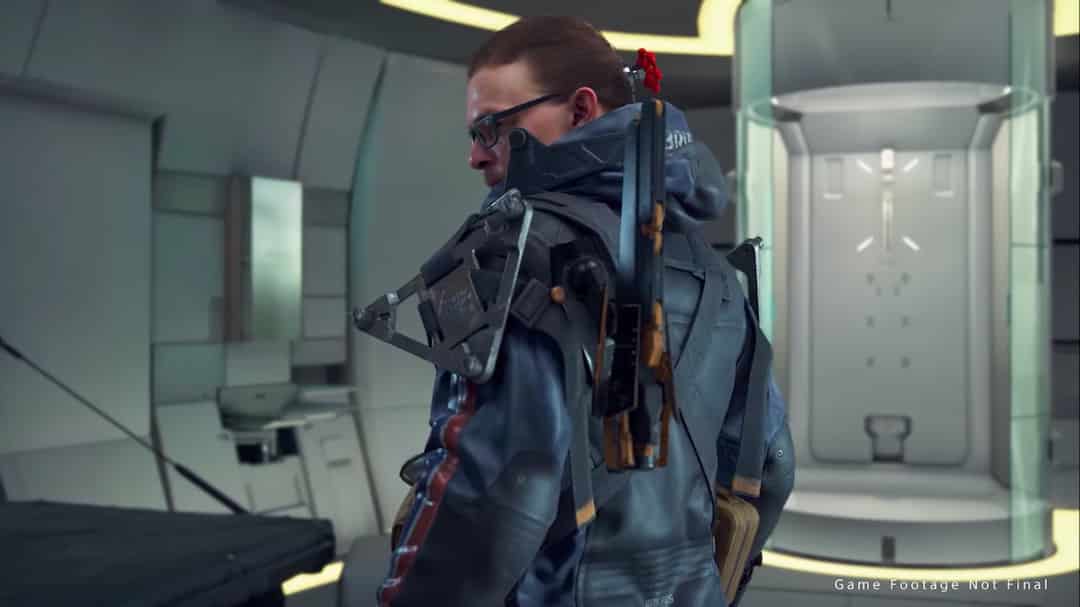
To attribute this loss of internal cohesion, de-identification, to online integration is easy, but it does not tell the whole story. That process is built into the very design of Death Stranding. As players near completion, the game turns away from meditation. Lethal weapons become increasingly commonplace despite the danger of voidouts they supposedly present. The methodical trudge is replaced by a breakneck race. Bullet sponge boss fights — does more need to be said? And all of that comes in concert with Kojima’s penchant for excess, the kind of elaborate, attention-stretching cutscenes that saw Metal Gear Solid 4: Guns of the Patriots crucified more than a decade ago. Death Stranding retreats to the overly familiar, comfortable territory of the action-adventure.
And loses itself in the process. No longer lonely. No longer meditative. For a vast tract in the closing hours.
Until, that is, the coda to the story, the second-last chapter, which brings back Sam’s self-isolation, returning then as aloneness rather than loneliness. It’s a subtle difference, but after all the drama of the conclusion, Sam traversing the wilds with BB is a comfort. It reaffirms what makes Death Stranding so powerful: the humanity and thoughtfulness that beats at the heart of this transcontinental journey into the soul.
